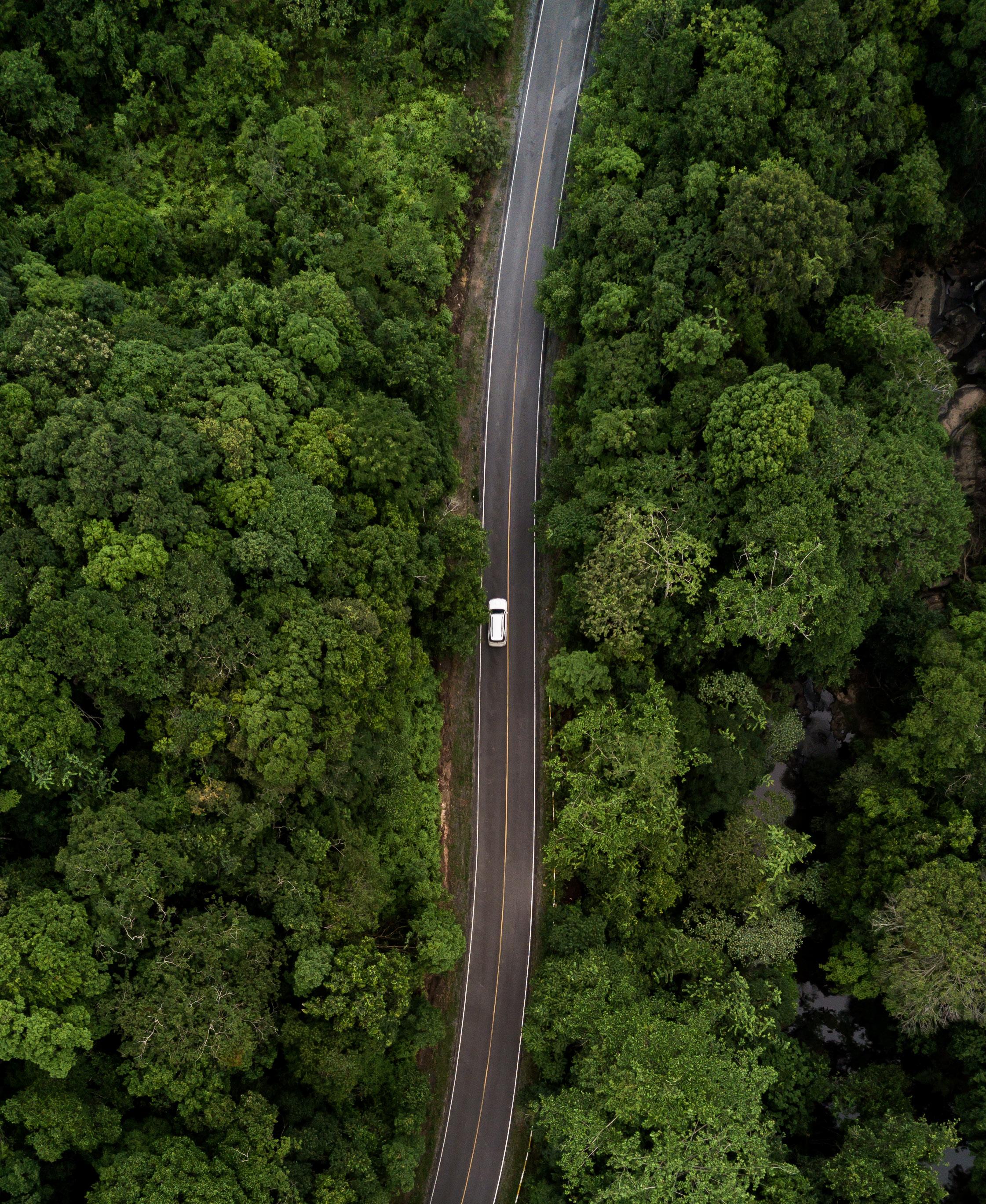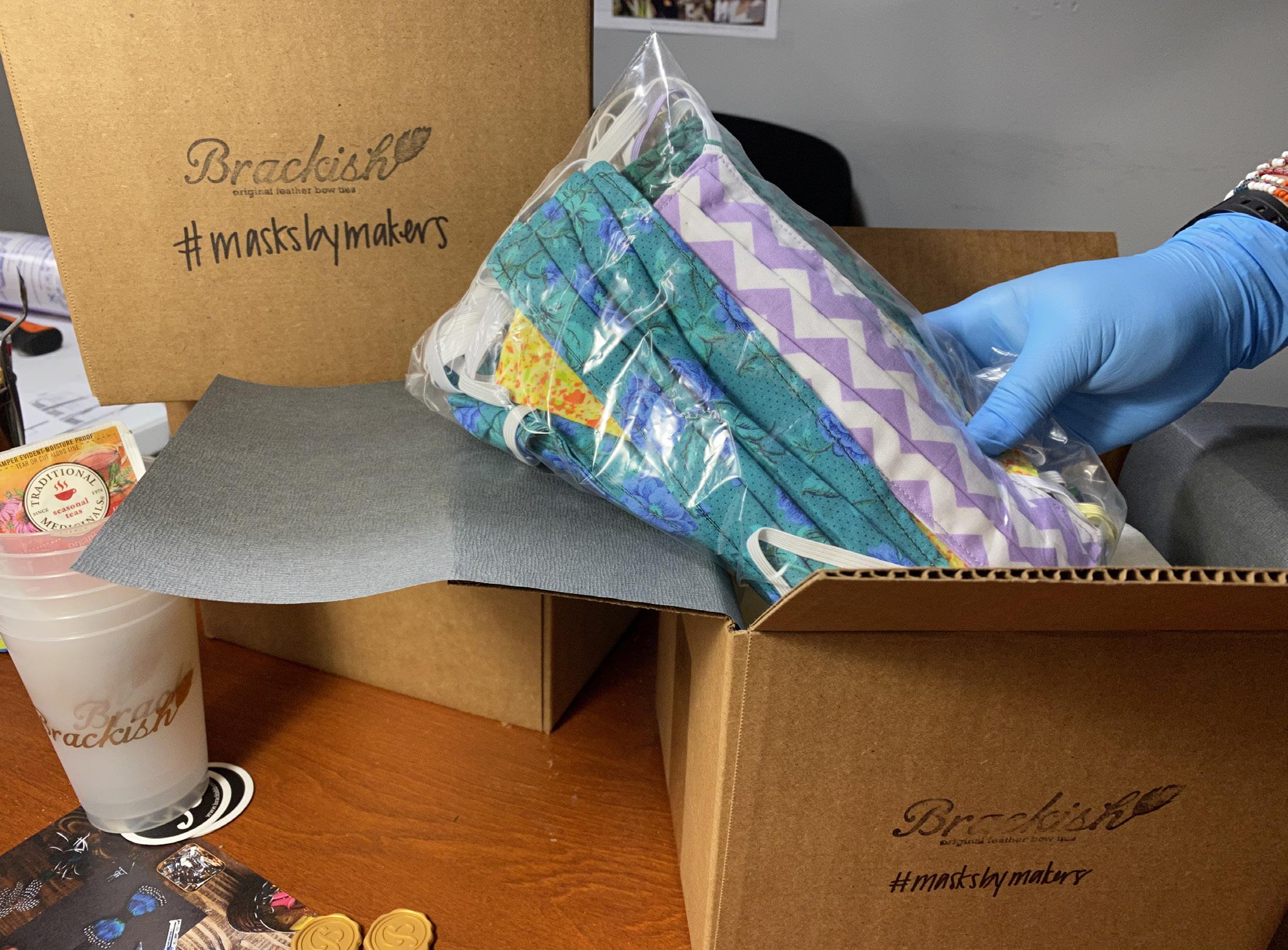3 minute read
BACKYARD GARDENING
Next Article
BACKYARDGARDENING
Words by Abbey Stevens all supporting structures ready to go before planting.
Backyard gardens can provide more benefits than just cutting down your grocery bill during production months. Getting outdoors helps to boost your immune system, increases energy levels and increases overall mood. Not to mention the convenience of grabbing your dinner produce right from your backyard. If starting your own garden seems a bit daunting, we have some tips to ensure that your first shot will be successful.
When starting a garden, your first step should be to conduct a soil also provide interesting variety to your garden. For more information
test. Testing your soil allows you to see the breakdown of components that are already in your soil compared to what components should be present. Your results will also break down suggested amendments that should be added before planting to improve your soil quality. Instructions and more information on soil testing can be found here.
Once you know which amendments need to be added, you should consider tilling your garden area. Tilling breaks up soil and allows for more air flow and encourages root growth. If adding amendments, The next step is choosing your plants and researching which variety will best suit your area. Instead of shopping for plants for your garden blindly, it is best to spend some time beforehand looking into plants that will suit your space and needs. For example, plants like squash, cucumber, and melons will take up a great deal of horizontal space in your garden while other plants like tomatoes and green beans grow more vertically, but also need a source of stability. Make sure to have
Variety also plays a big role in choosing what to plant. When choosing between varieties, try to choose one that is native to your area, or at least has similar growing recommendations to your area. Heirloom varieties that are native can be great for beginners, since they thrive in soils that you most likely already have. Many of them tilling is also a great way to mix them in with existing soil.
on heirloom seeds and the South Carolina Heirloom seed project, see our blog post or visit their website here.
Once you’ve gotten your plants and the threat of frost has passed, you’re ready for planting. Plant your seedlings according to growing recommendations on the packaging. Take note of tips that the packaging may provide such as how much water is recommended along with daily sun exposure. Most vegetables in our area require full sun (6+ hours per day) along with 1/2 inch of water per week, so be sure to check your rain gauge before watering. Put all supporting structures in place when planting so the plant can train itself at an early age.

Keep in mind that most gardening issues can be solved through cultural remedies such as watering only as recommended, placing plants in correct zones, and spacing plants the recommended distance apart. However, if you think your plants are being effected by a pathogen, there is testing available through Clemson University. For information on garden pathogens, visit the Clemson University Home and Garden Information Center website.
Lastly, and most importantly, have fun! Backyard gardens are very rewarding and can benefit your physical and mental health in many ways. So take advantage of the beautiful summer weather and watch your garden come alive.












